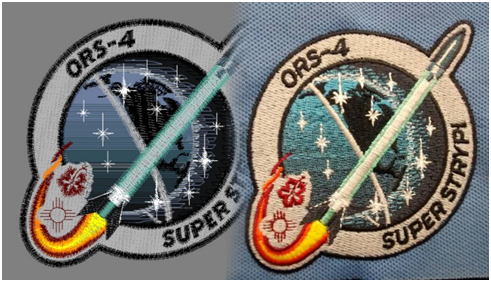While banks build structures, Ripple picks up the threads to build bridges with the aim of bringing a new revolution to the world of finance as we know. Ripple is the technology and cryptocurrency that builds a connection between banks, payment providers, and digital asset exchanges. It was created in 2012 by Chris Larsen and Jed McCaleb (ex-cofounder, left ripple in 2014). Ripple is open-sourced, in other words, the code is available to anyone, and developers from anywhere in the world can contribute, ensuring security through transparency.
Ripple is quickly becoming the standard for digital value transfer globally, aimed at trying to solve a problem (international bank transfers) by building the internet of value. International transactions take quite a long time span, about 180 trillion dollars’ worth of payments are made in a year over cross-border transactions.
It cost about 2.9 percent to make an international payment using PayPal and that is excluding the money lost resulting from unfavorable currency conversions. Ripple aims to make international transactions fast and affordable for everyone. The concept “the internet of value”, was established to show the significance of ripple to banks as the internet is to the world. It does not have the intention to bring banks into extinction as some of the largest users of Ripple are banks. It is an open payment network for fiat currency and digital currency and you know what is hodl strategy?.
Ripplenet (the name given to the ecosystem built by Ripple) has quite a number of benefits, their aim is to make international transactions faster and affordable but that’s not all. They also aim at achieving real-time settlements (the transactions that would take 5 business days can take 5 seconds), they want to do up to 1500 transactions per second (Scalability is critical for a payment system that must support transactions on a global scale) with the potential to scale to match visa’s transactions per second of 65000, and by comparison, Ethereum has about 20 transactions per second whereas bitcoin is estimated to be around four to five transactions per seconds.
The payment channel function allows the XRP ledger to process a transaction at over 70,000 transactions per second and is horizontally scalable to an even higher speed which exceeds the metrics of even centralized payment processing networks such as VISA. Ripple and XRP are not the same but are sometimes referred to as each other, Ripple is the company, technology, and platform, whereas XRP is the cryptocurrency.
Ripplenet includes three main products: xCurrent, xRapid, and xVia as well as the open-source XRP leader. They each solve different and unique problems which include: Global payment (xCurrent), on-demand liquidity (xRapid), and business payment (xVia). Ripplenet is a combination of all these elements. All payments travel through the Ripplenet system which is tied together end-to-end with Ripple’s interledger protocol.
Ripple’s interledger protocol can connect every payment service in the world and process payments across every network and ledger. The Ripple network can provide seamless, borderless payment in seconds and connect all these payment services with every other cryptocurrency and blockchain ledger. Ripple can become the reserve standard across multiple platforms, making it the most dominant monetary asset in the world.
XRP is a popular yet controversial cryptocurrency. XRP is the token that was created by the ripple lab, XRP is the token used for representing a value on the ripple network. XRP currently hovers in the top 10 cryptocurrencies by market capitalization, from day today. Recently XRP is the 8th largest cryptocurrency with a market capitalization of $42.95B, 1 XRP= $0.8316 as of November 29, 2021. XRP is not a traditional type of cryptocurrency, it is one of the fastest and most scalable digital assets in the world. XRP, as a native of Ripple, can be used as a bridging currency which makes it possible to make international transactions in less than 6 seconds on the open-source XRP ledger blockchain at a fraction of the cost of the more traditional methods.
XRP token was created with exactly 100 billion tokens in mind, so initially, 80 billion went to ripple labs and 20 billion went to the founders at that time. However, over time the 80 billion that ripple labs had control over is slowly being released to the public, and like today there are about 45 billion XRP tokens and circulating supply, the remainder of the tokens owned by ripple labs is set to be released at certain time intervals at a predetermined rate.
When XRP was created, Ripple analyzed the usage of Nostro accounts in banks, which led to the discovery of potentially saving banks a significant amount of payment processing cost using a common bridge currency like XRP. Banks are projected to save about 33% when they engage the use of Ripple’s Interledge solution xCurrent (focused on processing payments for banks and other payment providers), which sounds like a pretty good bargain. However, when they make use of XRP as a bridge currency they save more than 33%, they can save up to 60%.
XRP transactions are so inexpensive that they are barely noticeable and only a fraction of a cent. The speed of XRP transactions is the kind of speed that will support Ripple.







